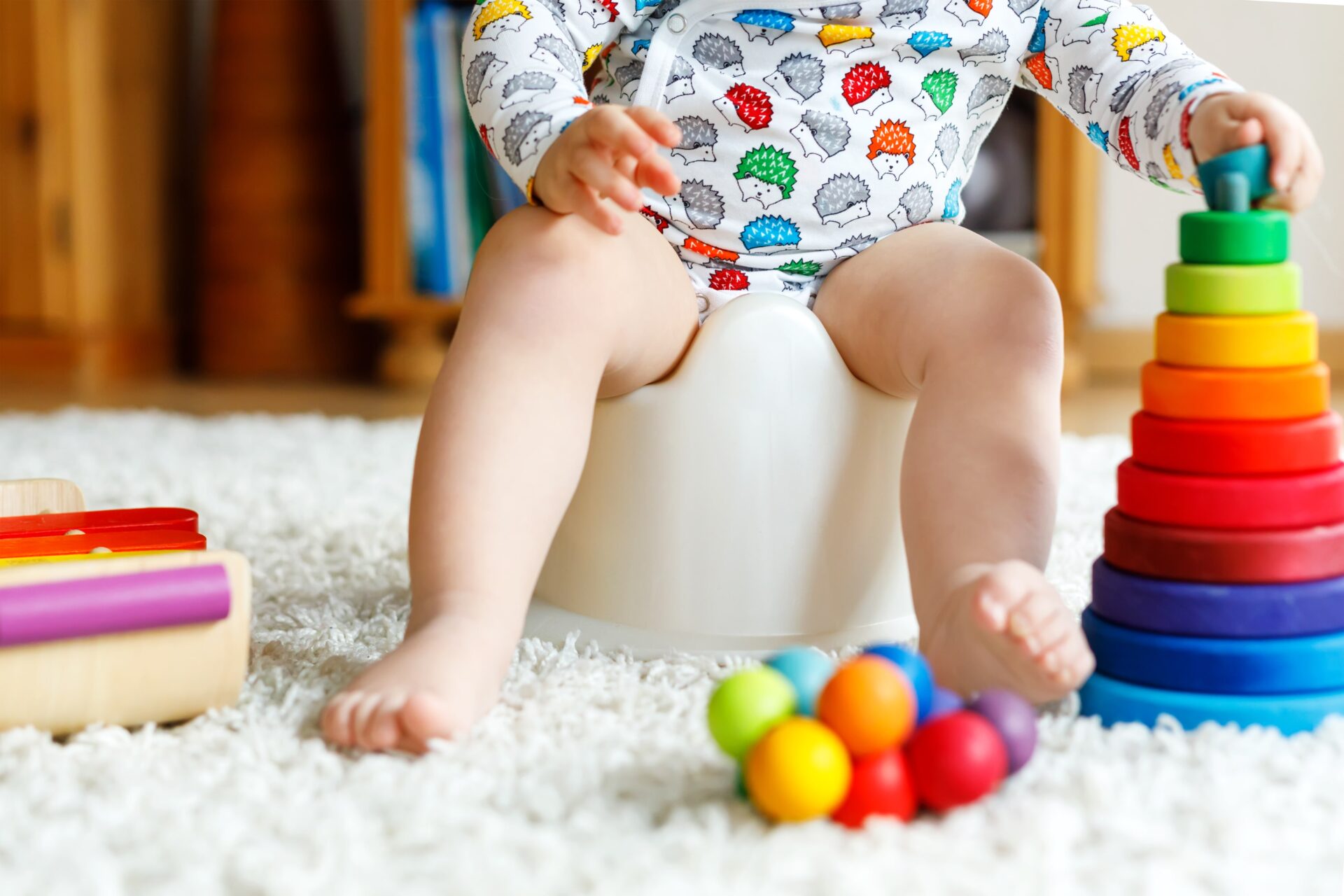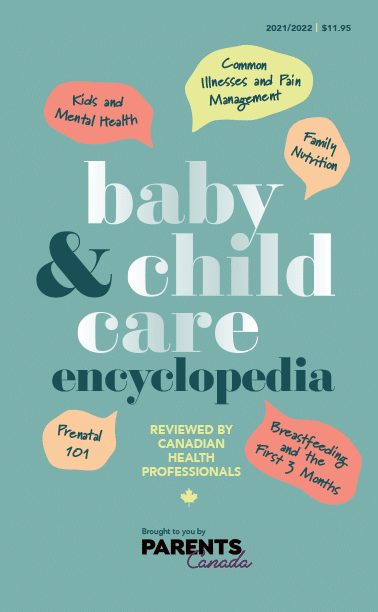Toddler
4 min Read
Potty Training Basics

October 30, 2021
Toddler
4 min Read

October 30, 2021

I
t’s a milestone parents both look forward to and dread in equal measure. On one hand, no more diapers! On the other hand, teaching a tiny human to know their body’s cues and make it to the toilet in time is a daunting task (especially if kindergarten looms large!). Here’s the lowdown.
Most toddlers are able to learn to their bladder by age two to three and control their bowels by age three to four.
Night bladder control varies, but most children are completely dry all night by age four or five.
For some kids, their toilet routine interest will be piqued early—often by observing parents or older siblings using the bathroom. For others, it may be a struggle to get them motivated to try the potty.
But first things first:
As your child gets the hang of toileting—don’t be surprised if they master either peeing or pooping in the potty first, but still have trouble with the other—develop a reward system to show how proud you are of their progress. Some experts recommend against using food as a reward, suggesting parents opt for stickers or other small items instead. Often, families have a special song or book that corresponds with potty success.
Do not tease or scold your potty training toddler—even when you’re frustrated. This can give kids anxiety about using the toilet and halt progress. In the same vein, expect regressions. Changes in routine—starting or changing daycares, holidays at home with family, road trips and vacations—can set kids back and may require a little retraining.
Toilet training may take longer than you expected, so be patient. There will be accidents even after the toddler seems to have full control. Don’t hesitate to discuss the progress with your physician.
